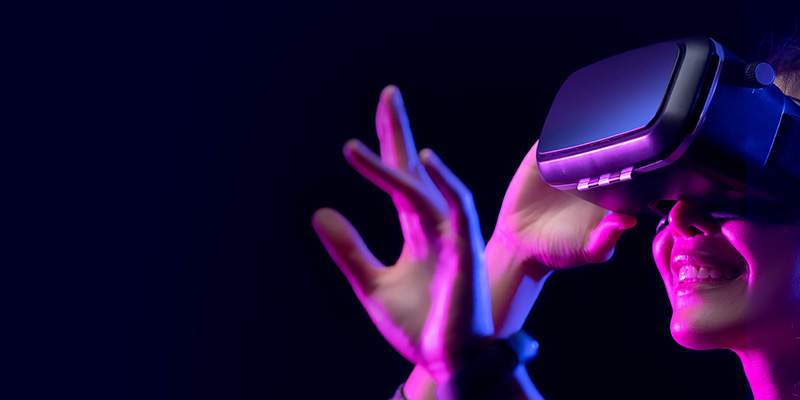
5 Ways Augmented Reality is Changing eCommerce and Dazzling Buyers in 2023
In 2021, retail eCommerce sales amounted to approx. $5.2 Trillion US dollars worldwide. Over the next 4 years, this number is forecasted to increase by 56%, to almost 8.1 Trillion, by 2026.
More merchants than ever before are investing in online stores as the industry booms. To maintain dominance in the rapidly growing market, leading brands are turning to Augmented Reality.
What is Augmented Reality?
Augmented Reality is the practice of using an AR-capable device (like a smartphone or smart glasses), to superimpose computer-generated images over real life. This gives users the impression that the superimposed image is in the real world, allowing users to interact with products physically, without ever leaving their homes. Take a look at the images below to get an idea.
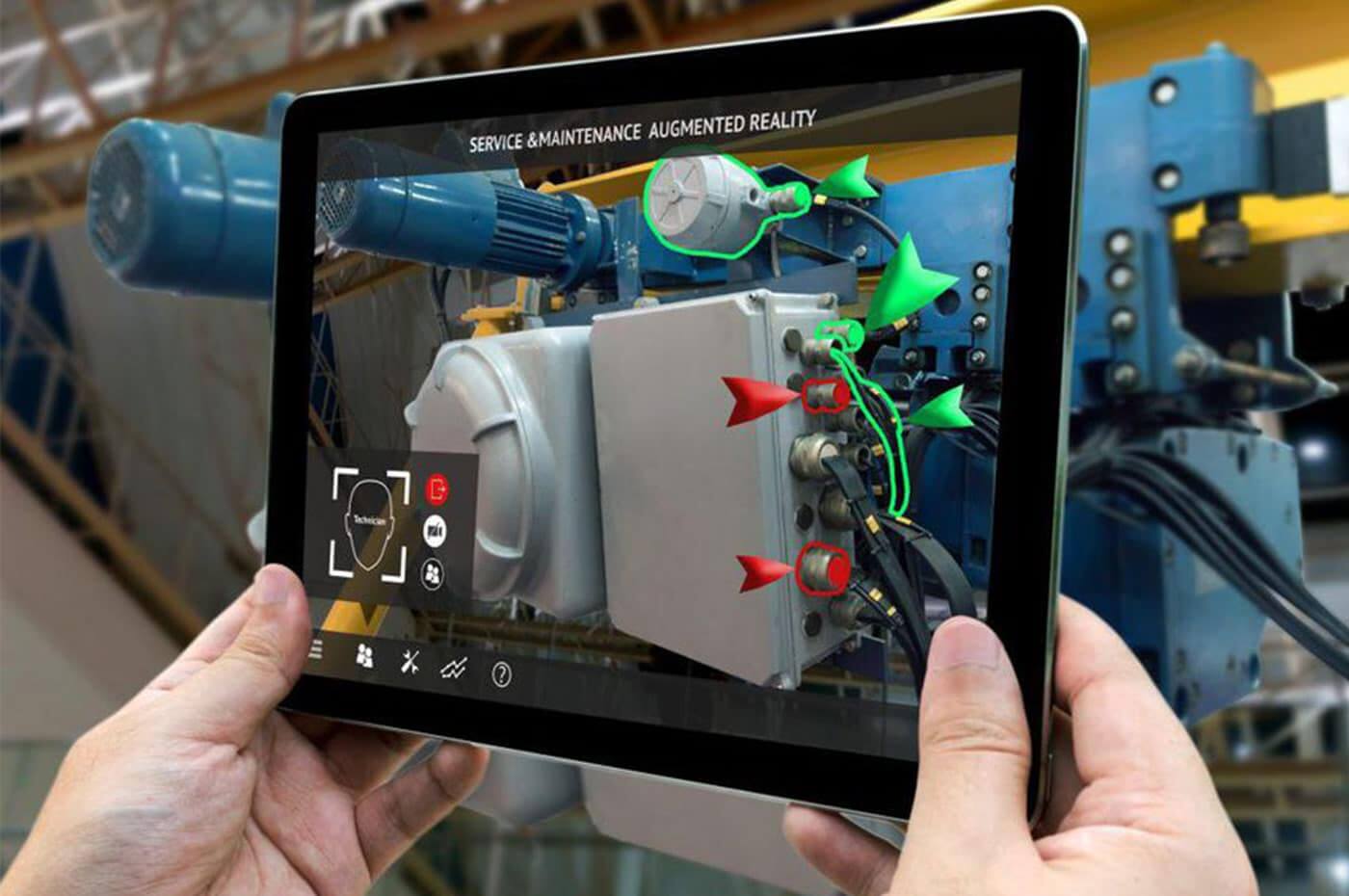
Today, most US consumers already have devices that support AR experiences (yes, even you). This holiday season, expect Augmented Reality’s importance in retail to truly shine, considering in-store shopping is at an all-time low. Even B2B companies are investing in the technology for a variety of applications, from eCommerce to operations. If you don’t keep up with this trend, you could be part of the growing list of organizations falling behind during the pandemic. Continue reading to see a few AR experiences companies are using already, and some you can try yourself.
1) A New Standard in At-Home Retail.
Companies like Amazon and Apple are already utilizing AR experiences to bring the in-store experience into consumers’ households. With AR, shoppers can view items like furniture or appliances on their mobile devices, and place 3D product models in their home virtually. Phone and tablet users can view products anywhere, giving them the freedom to see if products fit in the space they are buying it for, prior to purchase. Consumers can ensure items are what they’re looking for, from size to shape and color, all from the comfort and safety of their homes. Check out this Augmented Reality model we built for Jura Coffee machines:
Jura Coffee Machines
Using augmented reality, we created an at-home shopping experience for Jura. With our AR design, customers can see how Jura’s coffee machines appear on their kitchen counters from home. With in-store traffic at an all time low in 2020, experiences like this help customers see the product without visiting a Jura location. Scan the code with your smartphone to view the model at home!
⬅️ Tap the buttons on the right of the image to see product features and dimensions.

In this way, AR gives buyers confidence that they are buying the right item and limit returns with Augmented Reality. Shopping for a new couch or coffee machine? Make sure it fits before tapping “buy,” without ever visiting the store.
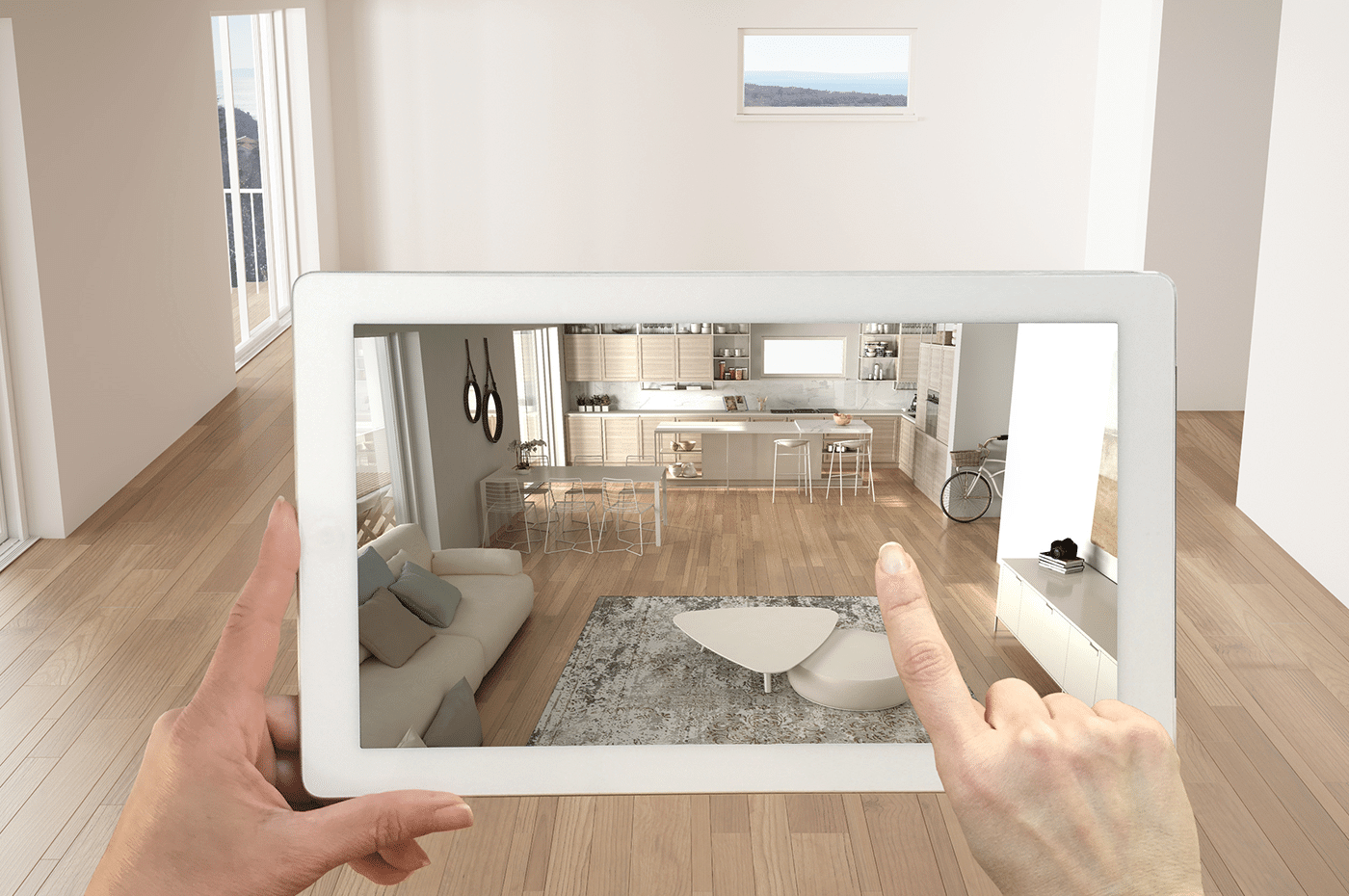
For Retail, AR’s Future is Clear
Redstage’s Global Creative Director, Christopher Yin, had this to say about AR’s role in eCommerce: “Wayfair, Target, Walmart, Ikea, and every other juggernaut of retail has and will invest large sums in Augmented Reality in the near future, as it is the clear trend. To keep up with the largest companies in the world, you must give your customers unique and memorable experiences to retain them.” The stats speak for themselves:
- 61% of shoppers said they would prefer to shop at stores that offer AR, as opposed to ones that don’t.
- 40% of shoppers said they’d be willing to pay more for a product if they could experience it in AR.
- 71% of shoppers would shop at a retailer’s store more often if they offered AR.
Source: Retail Perceptions
2) Unique Experiences in Consumer Goods
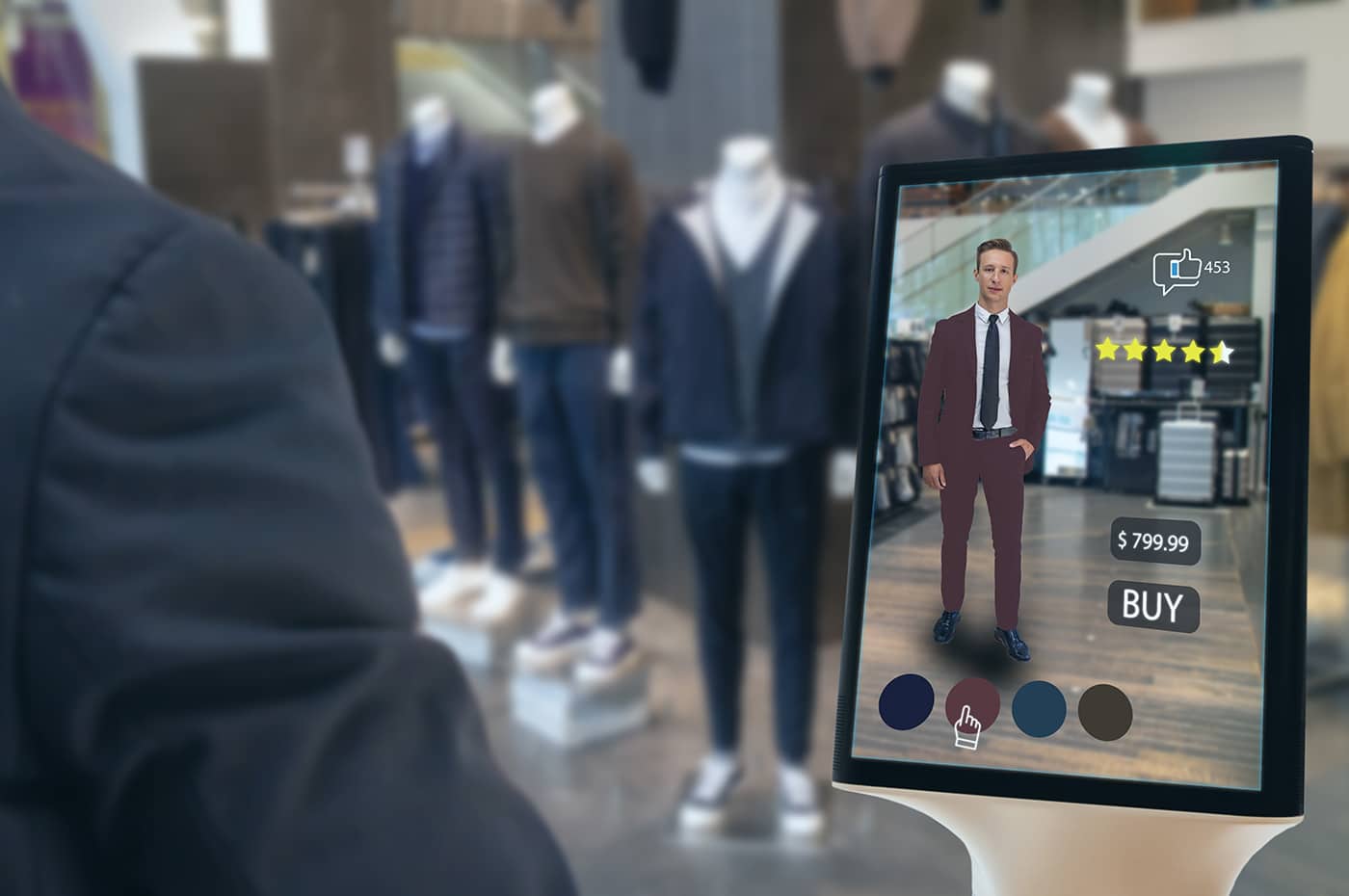
Virtual Try-On gives the In-Store Experience At Home
While you don’t need a dedicated app to enable AR experiences, these are a few ways top names in CPG are taking the tech to the next level. Augmented Reality is already being used to enhance in-store experiences. Utilizing their branded AR app, shoppers at American Apparel can scan clothing and footwear right on the rack and view information typical of an eCommerce store right from their phone. They can find the right sizes, colors, styles, and even customer reviews all while shopping in the store.
With Sephora’s in-store “magic” mirror, shoppers can try on different kinds of makeup with Augmented Reality. With facial recognition technology, smart mirrors can automatically detect different facial features and apply a wide variety of cosmetic products directly to users’ reflections. Remember, 40% of shoppers said they’d be willing to pay more for a product if they could experience it in AR. This applies to in-store shoppers as well.
AR Try On
We designed this sample model of an AR Eyeglasses to show retailers and manufacturers how popular appliances can be viewed from anywhere.
📲 Point your smartphone camera at the QR code to try it out, wherever you are!

It’s easy to see how experiences like this increase customer satisfaction by ensuring they get the product they want. This prevents the disappointment of out-of-stock products while reducing returns and increasing sales. Bring the online shopping features your customers love to your physical stores and see in-store sales grow in tandem.
3) Augmenting Products and Packaging
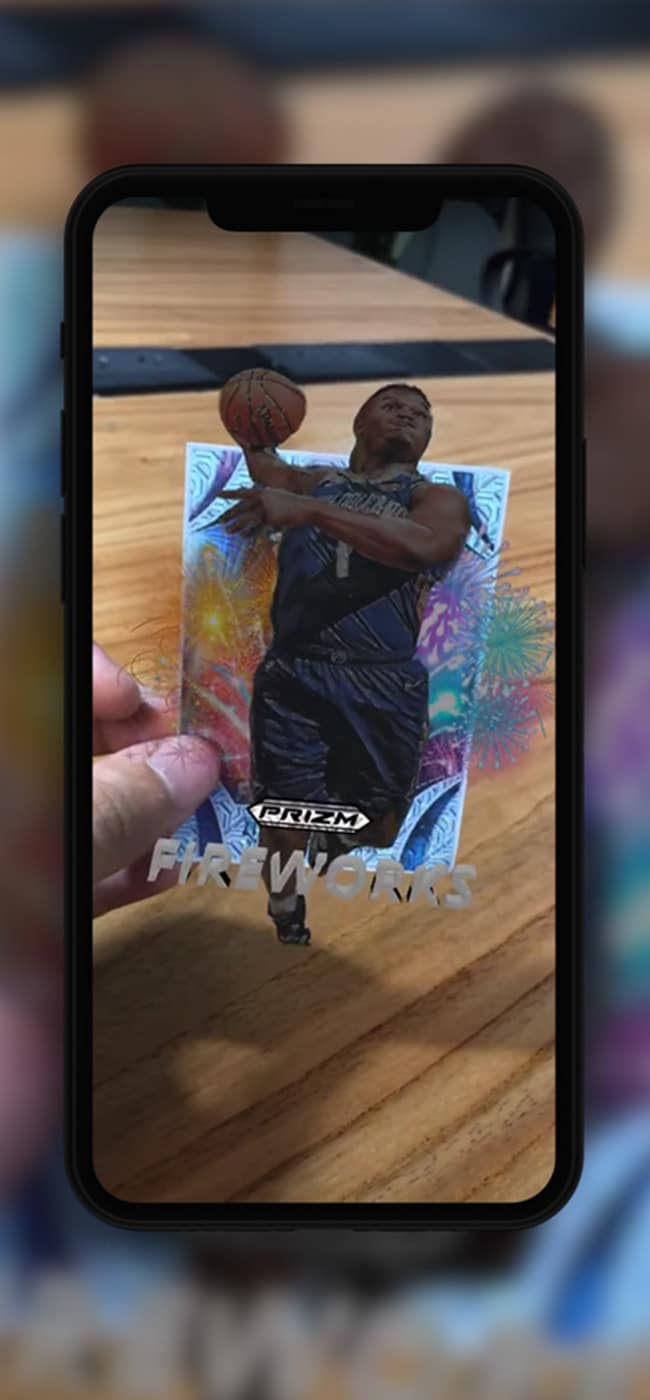
Recently, the team at Redstage created an AR concept for Panini, one of the largest manufacturers of sports playing cards in the world. The benefits of this AR experience include:
- Adding an interactive dimension to playing cards.
- Encourage use of branded apps to experience AR, encouraging up-sells.
- Provide new experiences to engage and entice customers to purchase.
- Allow shoppers to check packaging in-store for AR experiences in the aisle.
- The potential to revolutionize the playing card and collectibles industry.
Lidar scanned shoes
We used Lidar scanning to create this model with ultra realistic results. This technique is best suited for clothing and organic objects vs traditional 3D modeling.
📲 Point your smartphone camera at the QR code to try it out, wherever you are!

4) Augmented Reality Gives Confidence and Freedom in Fashion
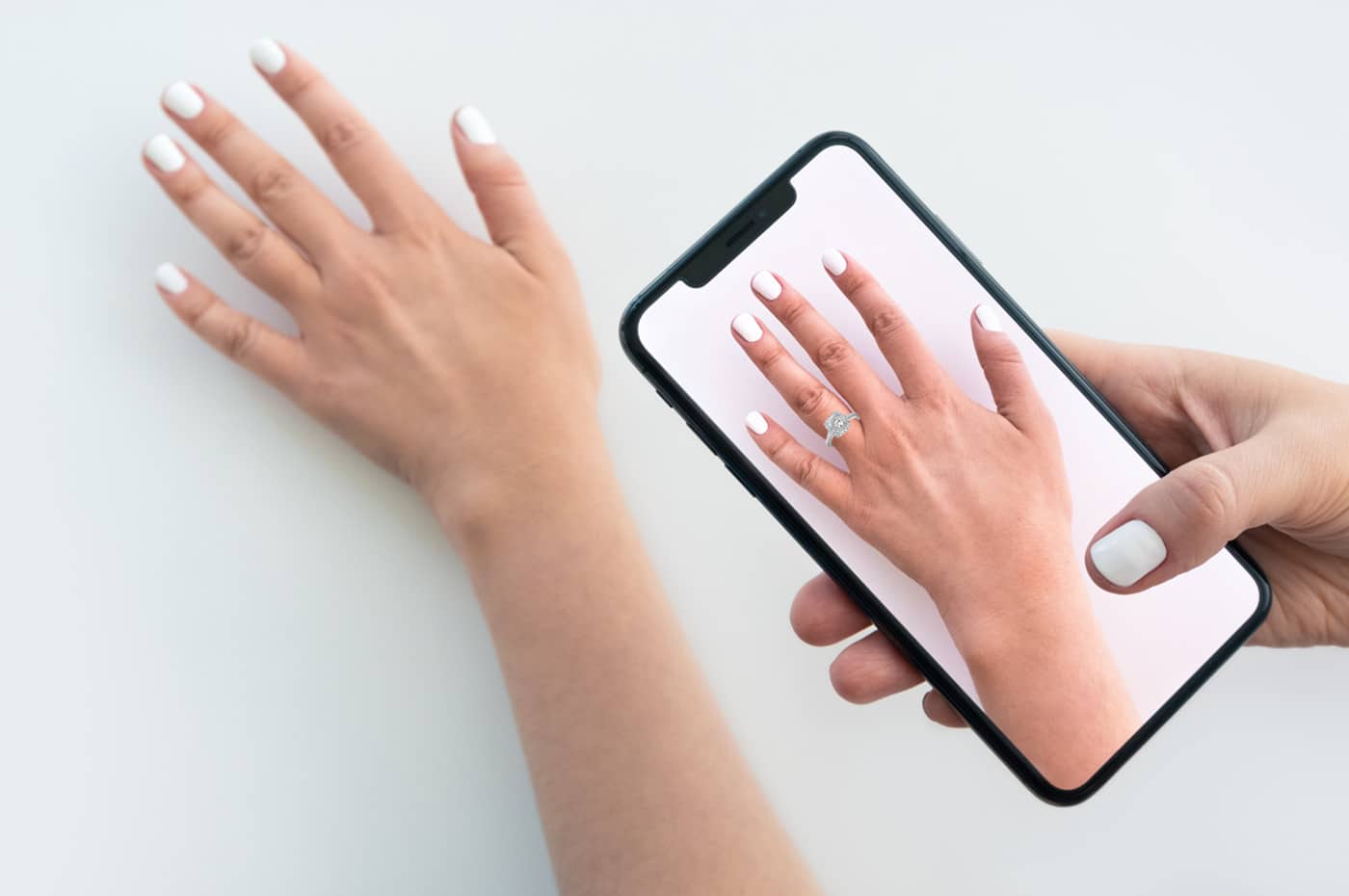
There’s nothing worse than buying clothing online that ends up not looking, feeling, or fitting how you hoped. Dodge returns this holiday season by using Augmented Reality to let shoppers virtually try-on clothes. Let them see the fit and cut of clothes in real-time, on their body, or let them walk around apparel items on a virtual model.
Do the earrings match? Is the dress long enough? Most of the time, shoppers don’t know their dimensions off the top of their heads. With AR, 3D product models are based on real dimensions, increasing buyer’s confidence in their purchase. Again, this will undoubtedly lower returns and can grow repeat customers who enjoy the experience.
AR for Accessories & Luxury Goods
Ring
We designed this sample model of an AR Ring to show retailers and manufacturers how popular appliances can be viewed from anywhere.
📲 Point your smartphone camera at the QR code to try it out, wherever you are!

Continuing in the theme of “bringing the in-store shopping experience to your home,” it’s just as important for consumers to see how accessories look on their body without visiting the store. Imagine seeing rings on your fingers, a watch on your wrist, or a necklace on your neck, without ever stopping by the jewelry store. All this and more is being implemented by top brands today. Sephora and Covergirl are even using AR for new makeup and cosmetics experiences.
So far, we’ve seen the Try-It-On-At-Home (TIOAH) AR experience implemented for:
- Bracelets
- Earrings
- Makeup
- Nail Polish
- Necklaces
- Rings
- Watches
- And more!
5) Using Your eCommerce Platform for Augmented Reality
Apparel designer Rebecca Minkoff has been improving conversion rates consistently with AR and 3D models, here’s how:
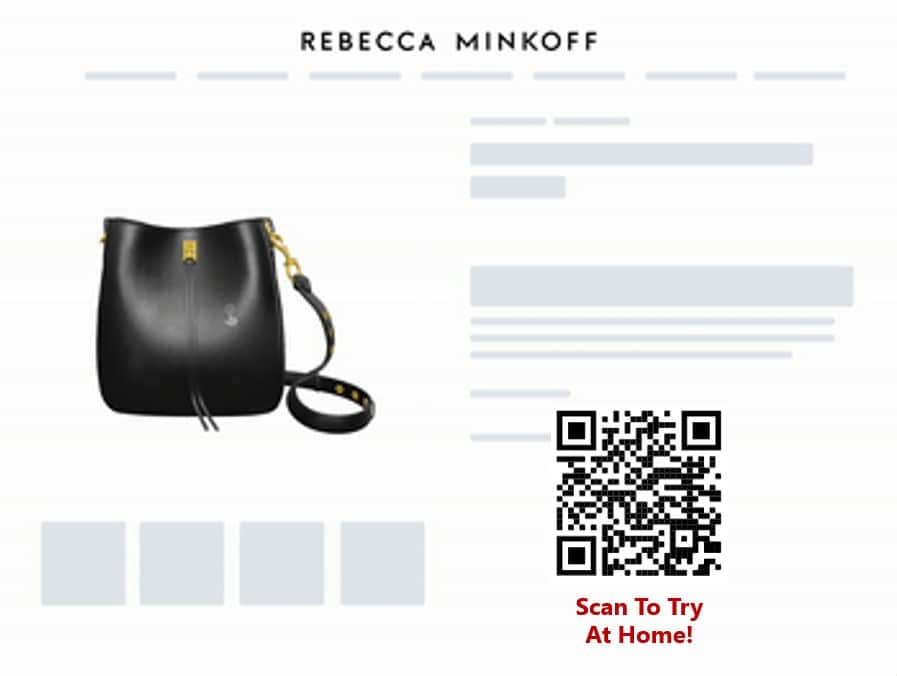
Rebecca Minkoff has been using 3D models on their product pages since the fall of 2019. 3D models give customers a 360-degree view of products, increasing interactivity over stationary photos. Jon Wade, head of Augmented and Virtual Reality at a leading eCommerce platform says, “We’ve found that visitors who interacted with a 3D model were 44% more likely to add a product to their cart and 27% more likely to place an order that visitors who didn’t. Furthermore, when visitors viewed a product in AR, they became 65% more likely to make a purchase.”
Knitted tie manufacturer Broni and Bo is another merchant utilizing Augmented Reality in their online showroom. Enhanced with facial recognition software, customers can try on knitted bowties and wedding ties before the big day, giving customers confidence that they chose the right look. There’s no limit to the experiences you can give customers with Augmented Reality and 3D models.
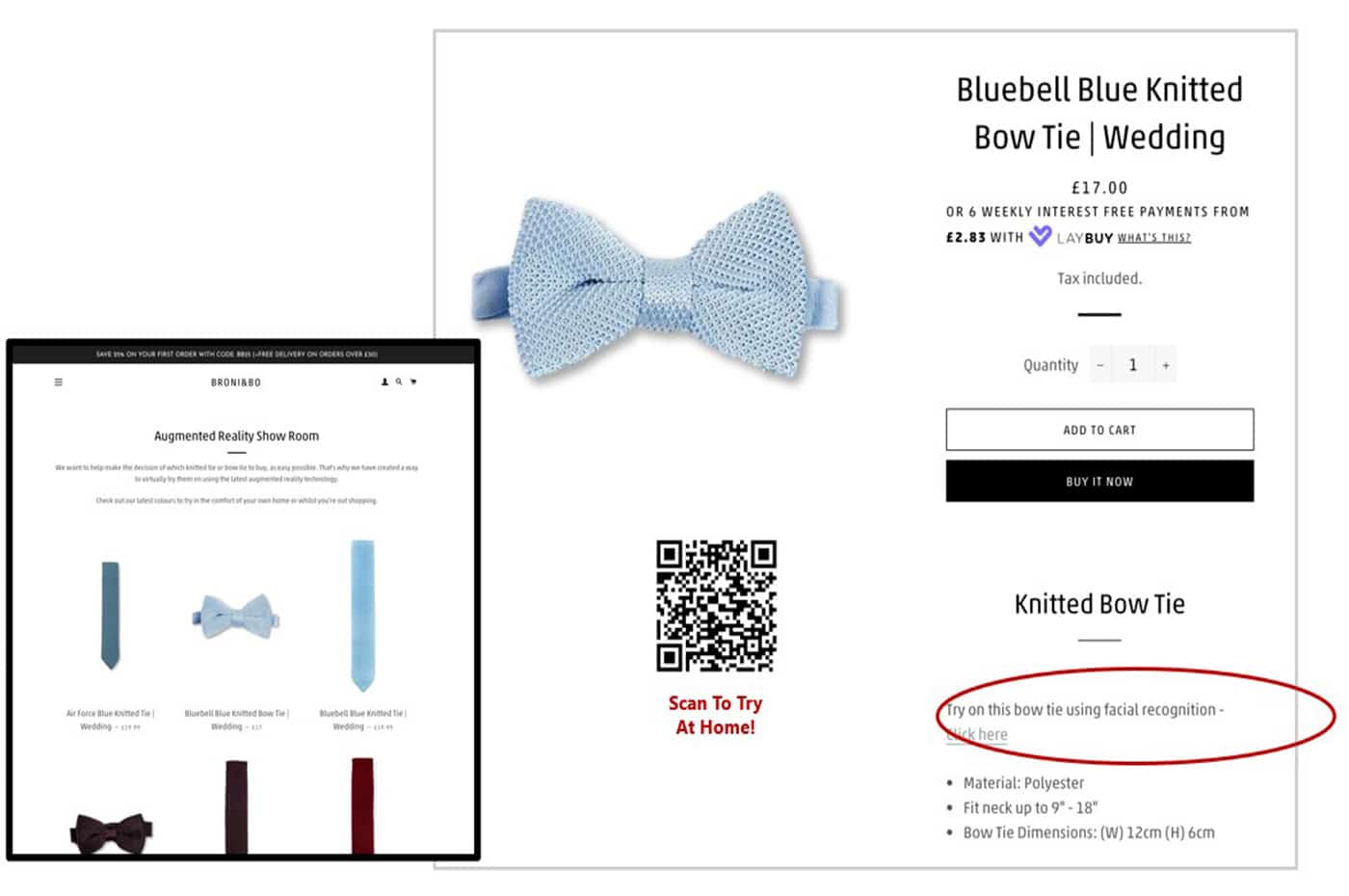
AR models can bring your product pages to life and automatically display interactive 3D models when viewed on a desktop computer. Increase buyer engagement and make consumers more confident in their purchase from the beginning with AR and 3D models.
Misconceptions about Augmented Reality:
1) It’s too expensive: FALSE!
Implementing Augmented Reality in your online store is not nearly as expensive as you may think, which is why so many companies are investing in it right now.
2) It’s difficult and time-consuming to build AR models: FALSE!
With the right team, who has experience and knowledge, it is both easy and fast to implement Augmented Reality and 3D models into your store.
3) Implementation requires additional tech and infrastructure: FALSE!
Most eCommerce platforms are already set up to allow for Augmented experiences. They take no extra implementations or infrastructure to implement!
Jon Wade, head of AR and VR at Shopify, mentioned this about AR’s ease of use, “Any mainstream browser works for AR, you don’t need any additional hardware, software, or expert knowledge to experience it. It works on all new mobile devices, desktops, and tablets.”
4) AR will kill the load-time of my product pages: FALSE!
The right team can implement AR experiences without sacrificing load time or website performance.
Want to Learn More About AR Implementation?
To show you how easy it is to make an AR design, send a .EPS file of your company’s logo to info@redstage.com and we’ll send you an AR model of your company logo for free. Test out the technology and see how quick the turn around time can be.
To learn more about how we can bring your AR dreams to life, visit https://www.redstage.com/augmented-reality-design to schedule your free consultation.
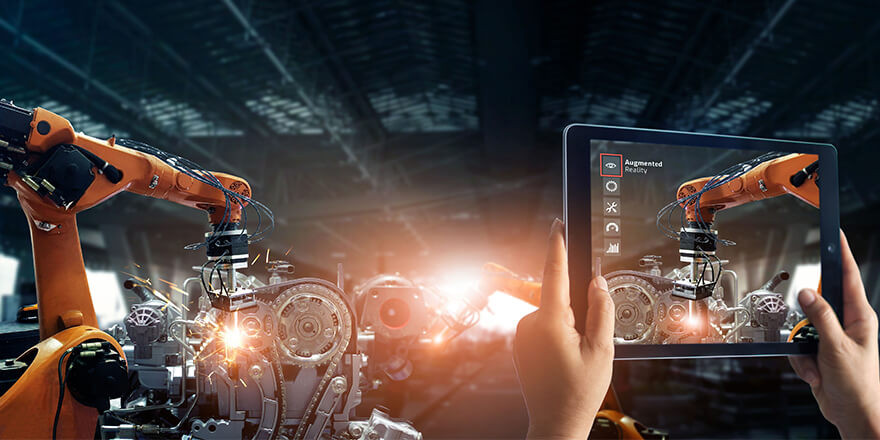

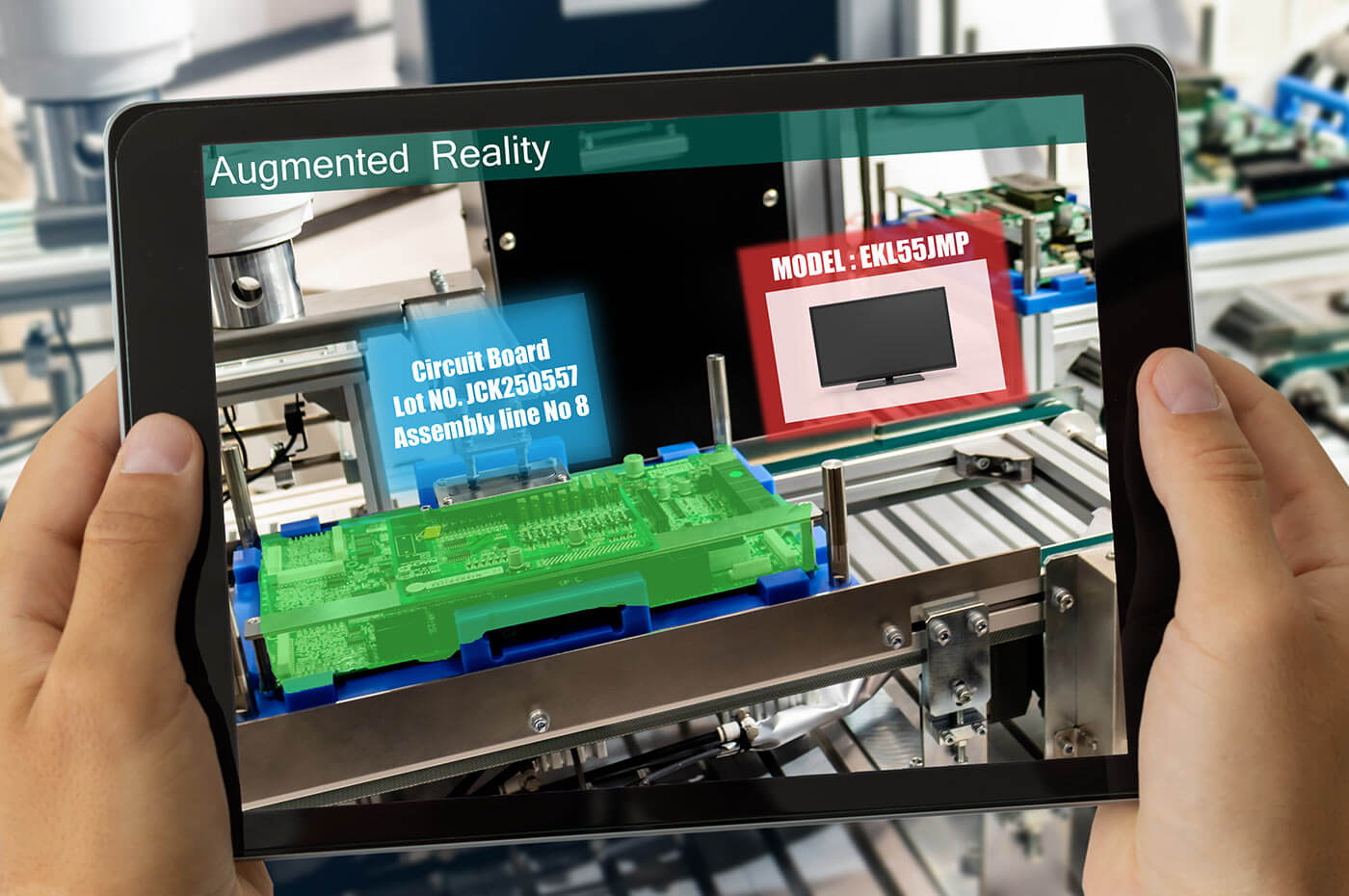
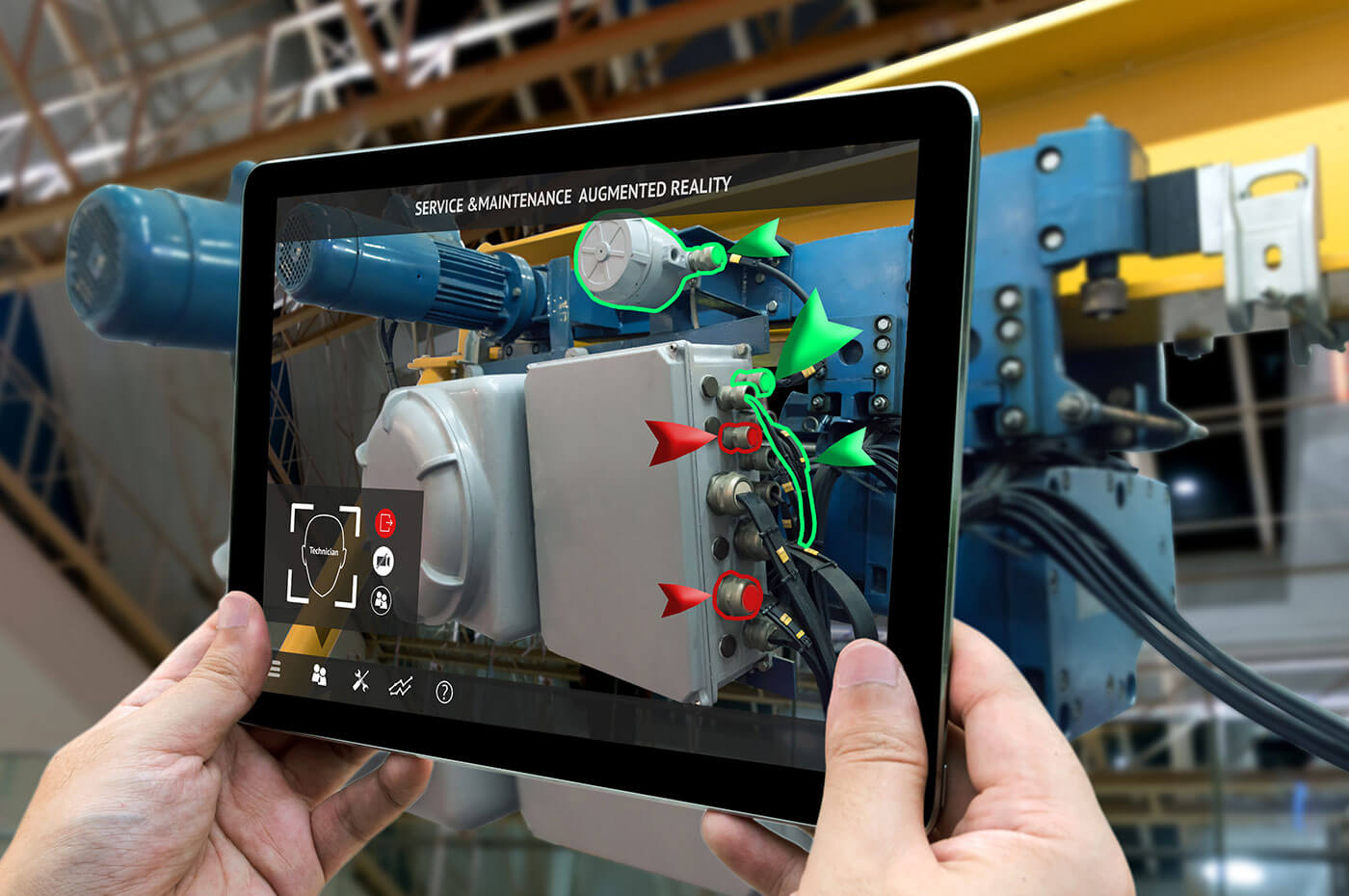
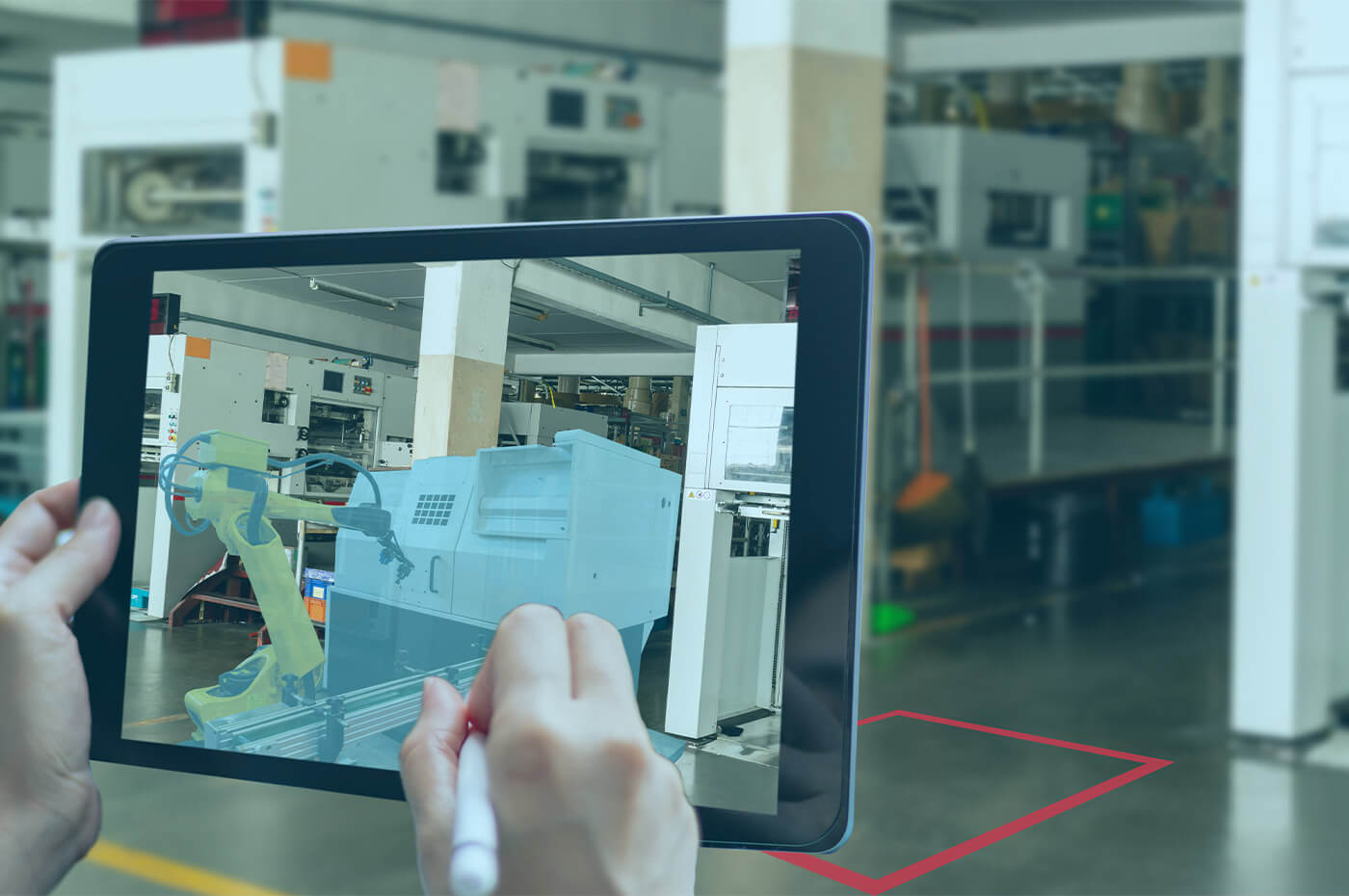
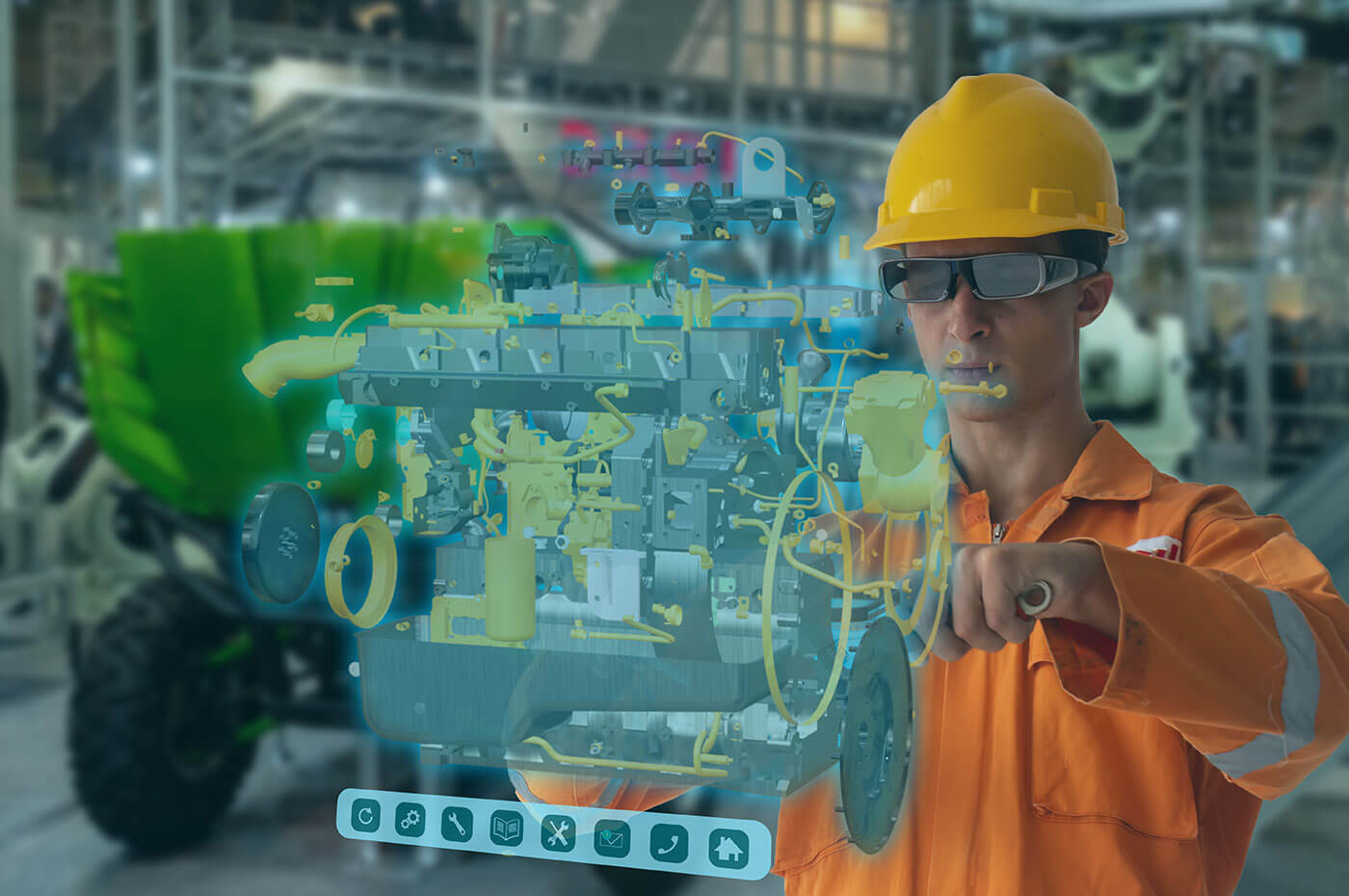

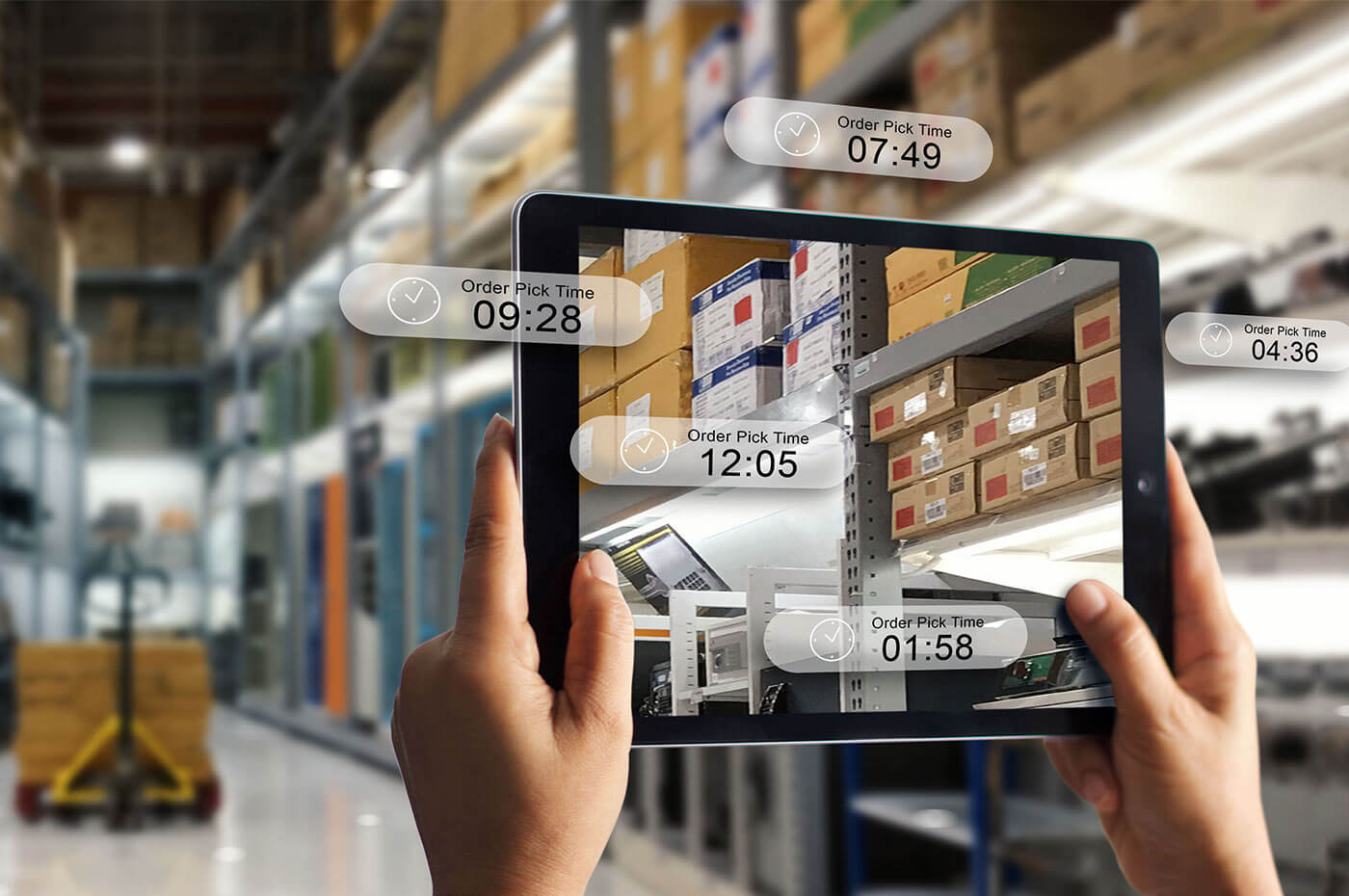

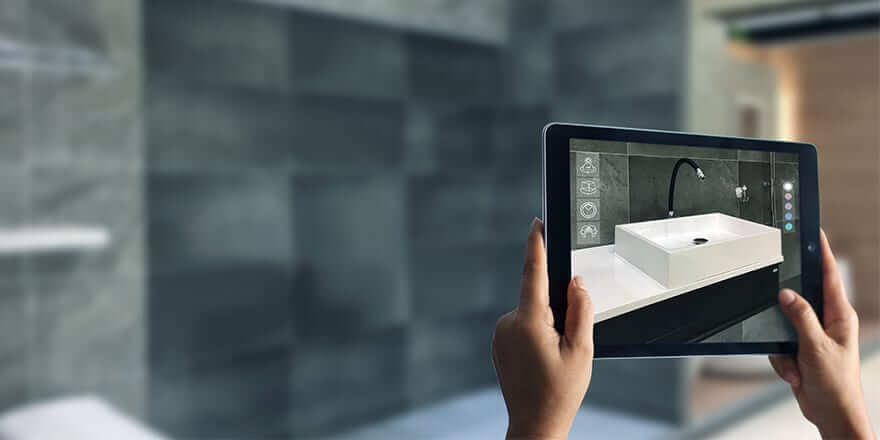
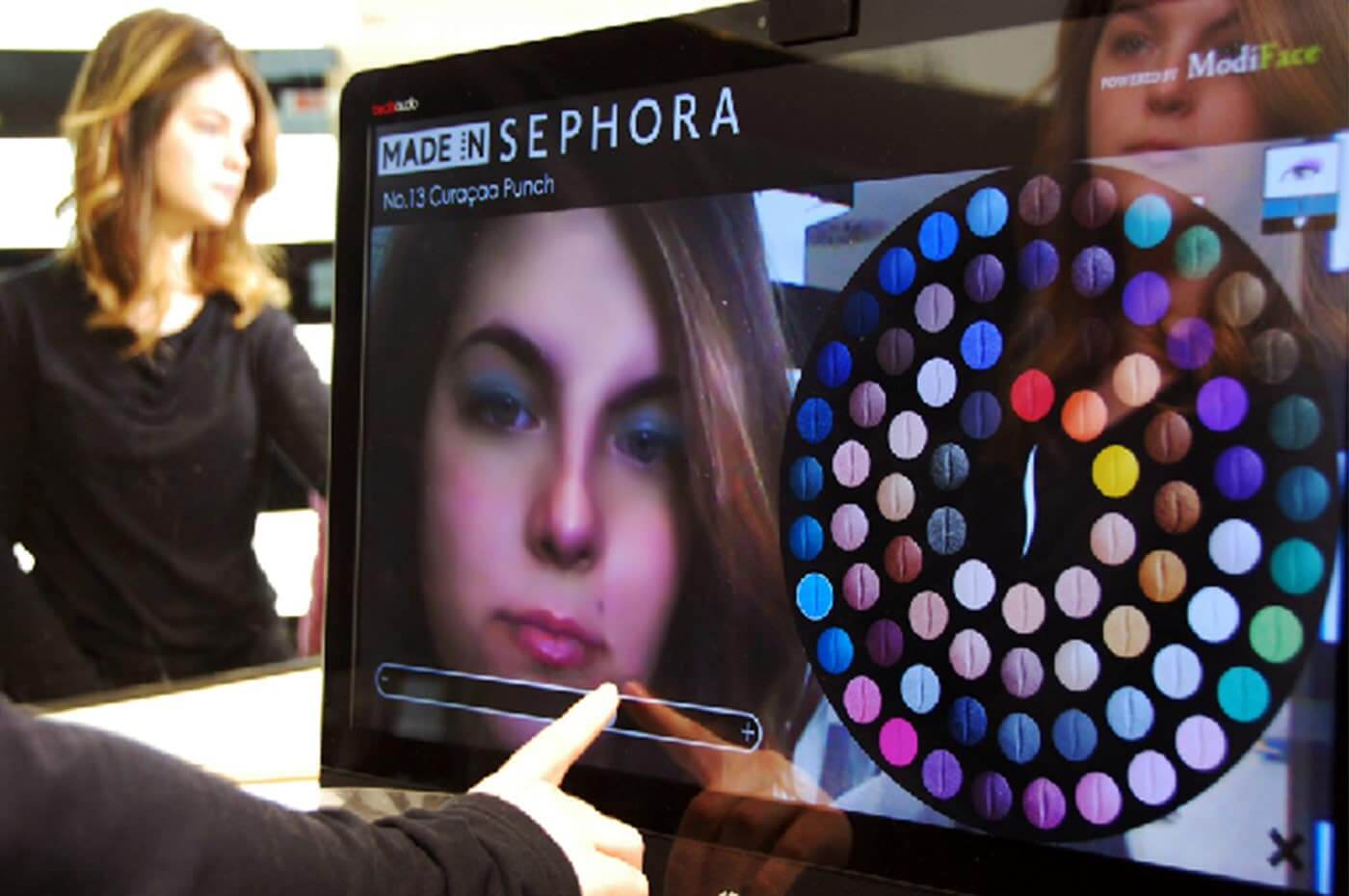
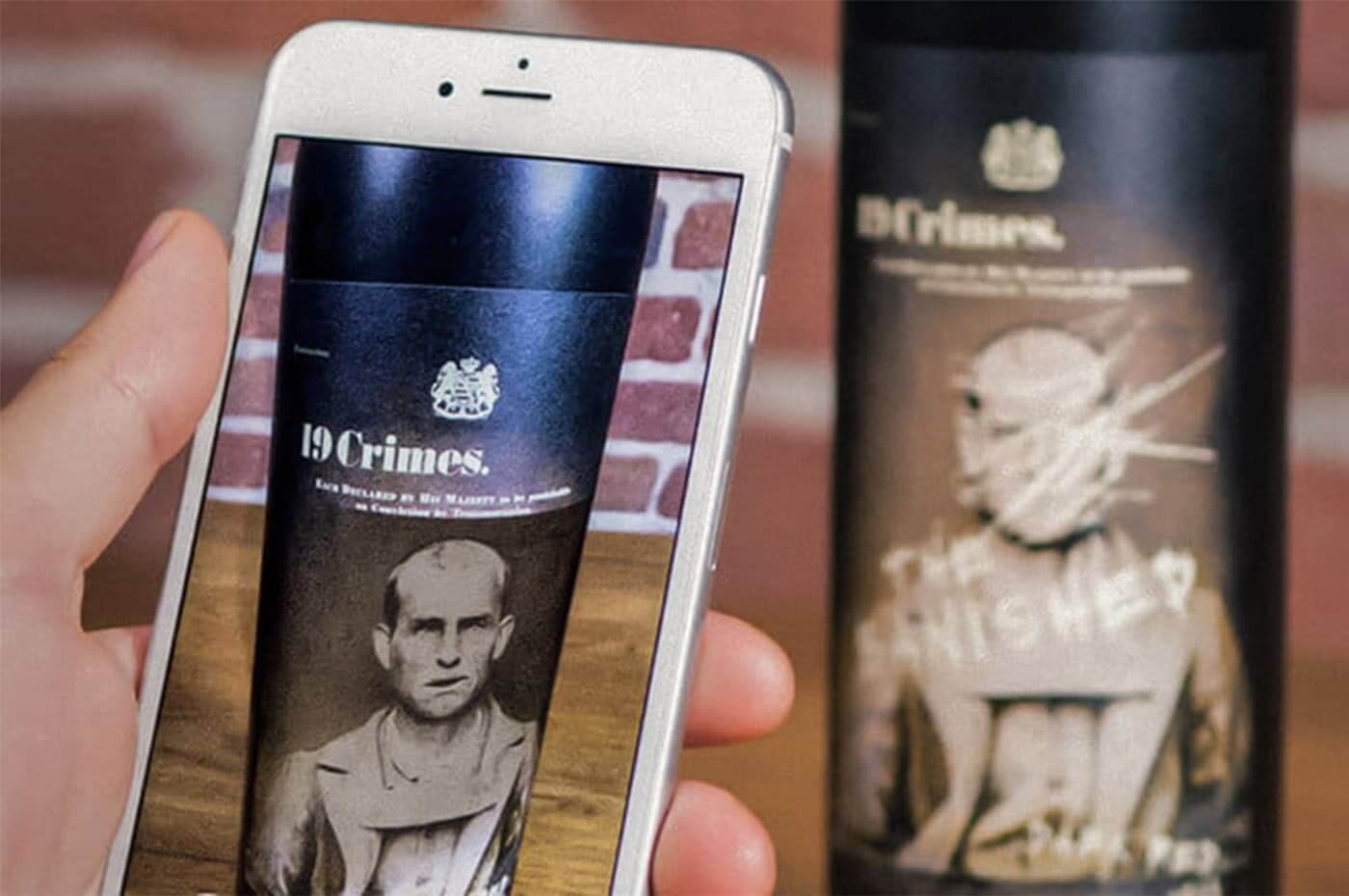


Recent Comments